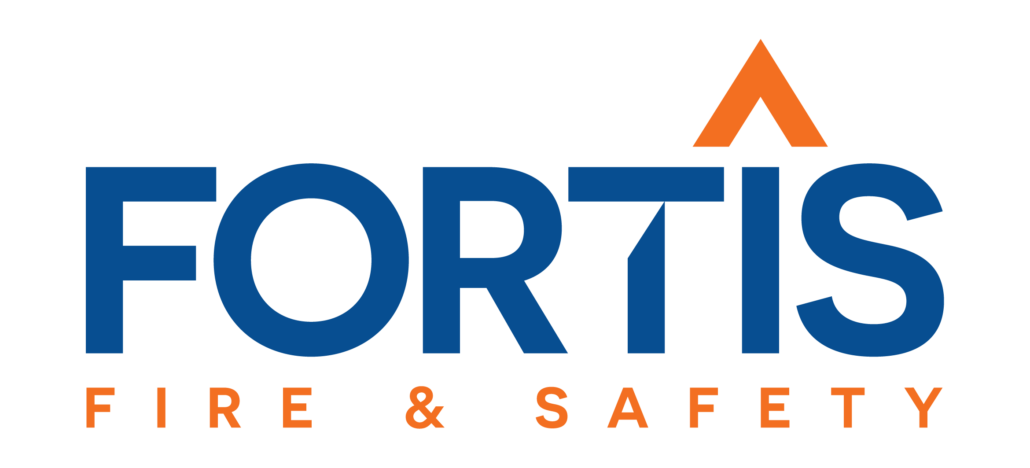How to Prepare for Exit
Having an active exit strategy in place protects your business. An updated exit strategy will protect the values you have established within your company and it will help create an easy transition for both your employees and your investors.
These exit plans give you — the owner — a plan for the future and a direction in which your company can grow. Not only will it create a supplemental income for you, but it could also reduce tax impacts on your estate and family.
So how do you begin this process?
Start with your valuation. Every business, big or small, must know its valuation. This starts with taking inventory of your current value and where you stand amongst competitors. The right valuation can set your company up for success, but if you value your company incorrectly it can lead to more problems down the line.
Regardless of your future plan for your business, whether that may be selling or passing it down, you need a valuation to achieve your exit goals. To start analyzing your business’ worth, look at your total revenue, pretax income, accounts receivable and payable, loans, and rent or mortgage payments.
Once you have figured out your valuation, it’s time to start planning your exit.
There are a few ways to figure out your perfect exit plan and a few different options. Here are the types of exit to consider, and what they may mean for your company:
- Liquidation and closing your doors: This may be a tough decision to make, especially if you have built your company from the ground up, but sometimes this can be the best option to retire from work and continue living your life the way you want to!
- Sell: Another great option if you want to move on from your company is to sell to another individual. Ensure that the person you are selling to will continue to run your business with the original values in mind and always has the best interest of the company in mind.
- IPO (Initial Public Offering): This option can be more difficult for startups but could also be an option if you decide that it’s the best option for your company.
- Merger and Acquisition: This option can be beneficial for small businesses who want to grow their business. If you merge with a similar company or sell to a company that is similar to yours, it will increase your reach and, in turn, increase your revenue.
- Passive Income: You can pass the responsibilities of running your company to someone else, as you enjoy an ongoing revenue stream. You keep your ownership and receive annuities while letting someone else take the workload off of your plate.
If you prepare your business for an exit at the beginning of creating your company will set you up for success as you move forward. There are various options and routes you can take, and it may seem overwhelming at first
When it comes to planning a business exit, it all begins with keeping excellent financials. As you work to prepare your company for sale here are some tips on what to look out for.
Many companies do not have financials that are clear and reflect an accurate representation of their business’ performance. Accurate reporting and expansive financial knowledge will help transform your books to ensure they are set up for success as you plan for exit,
According to business.com one of the main reasons it takes so long for businesses to get their company ready to sell “is that the overwhelming majority of small business owners don’t keep their financial and business records in anywhere near the condition a prospective buyer wants to rely on.”
So, what does preparing for exit look like for you?
Work with your accounting department to ensure the books are as accurate as possible. You may want to bring in an outsourced accounting department or CFO to validate and prepare your financials for exit if you do not have a C Suite finance leader.
Would you be interested to know what a motivated buyer would pay for your company? If so, reach out to our team to find out! The process takes about 2 days of work and the results may surprise you.






